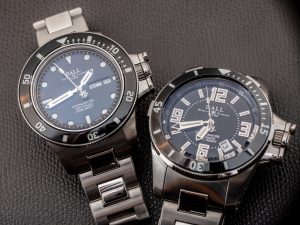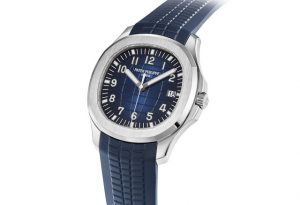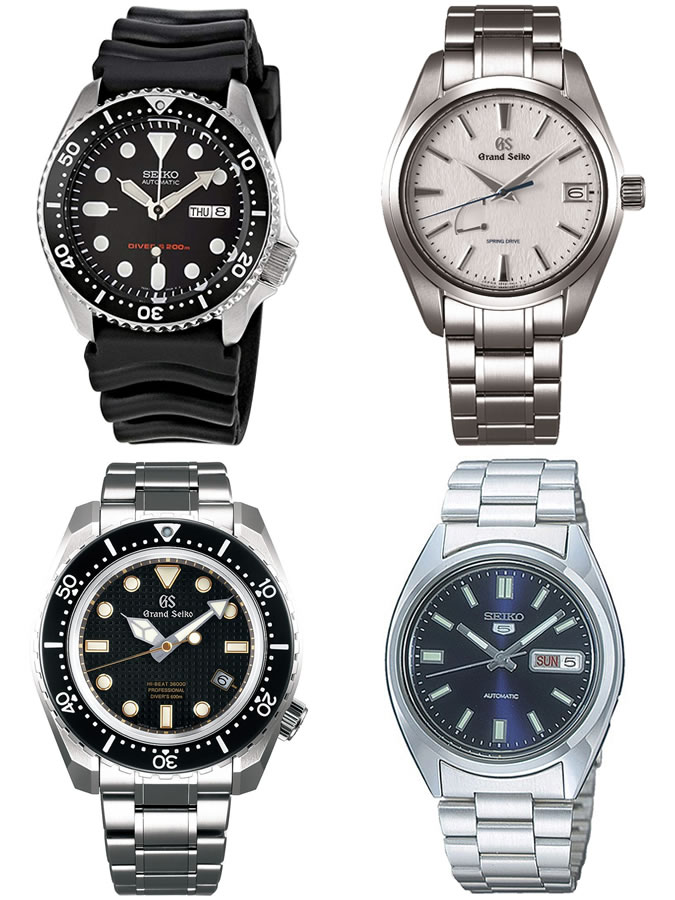
From cameras to cars, the West has often looked to the Land of the Rising Sun for the Innovation.
And Japan’s colossal watchmaking sector is no exception. But even the Japanese whisky industry is currently trumping the Scots at their own game.
While Swiss watchmaking has built its name on heritage, abilities honed over generations and jaw-dropping aesthetics above all else, Japanese watch brands concentrate on life-enhancing technology and operate more than lavish layout.
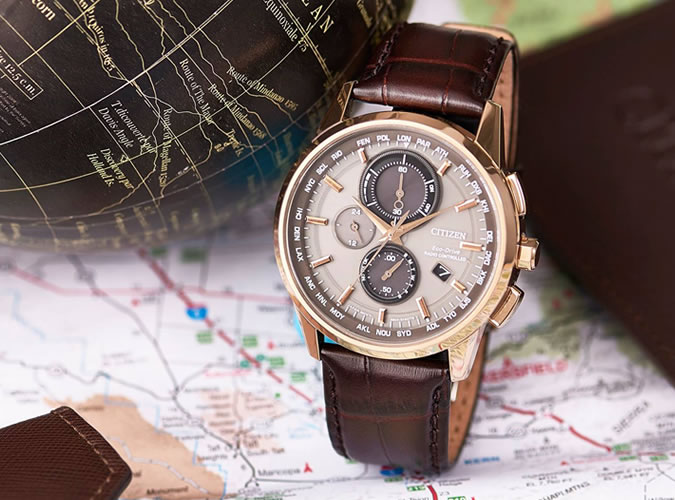
The country has given us the likes of this mighty G-Shock, with its suite of sophisticated features and indestructible circumstances, and more recently Japanese brand Citizen brought satellite technologies into the table. No more checking your smartphone when your airplane lands and fiddling with your own watch to place the time — only press a single button and it does it all for you.
And let’s not forget the introduction of quartz watches. Among watchmaking’s largest economic upheavals, quartz took hold in the 1970s and 1980s, along with the fast growing global demand for cheap, mass-produced Japanese quartz watches nearly rendered Swiss mechanical watches . Seiko and its Japanese brethren now rub shoulders with top Swiss watch names every year at the Baselworld watch fair, and as far back as 2009, the mighty TAG Heuer was forced to admit it had based one of its movements — the Calibre 1887 — on an Seiko one, albeit in heavily altered form.
The Swiss may lay claim to classical watchmaking but Japan has long been the business’s other superpower. We take a look at four key Japanese watch brands, and the timepieces which put them on the map.
Seiko
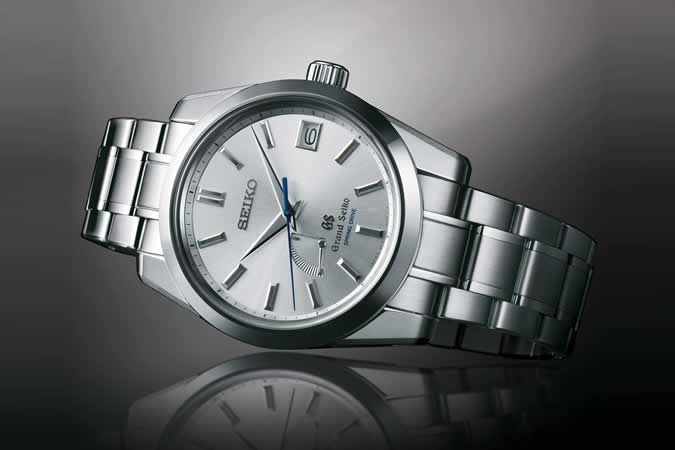
Founded: Tokyo, 1881
Known for: Made the first quartz watch; unbelievable value mechanicals; Swiss-beating Grand Seiko sub-brand
The first Japanese watch brand, Seiko began life as a jewelry store in Tokyo’s Ginza district in 1881. The title Seikosha, though — roughly”home of exquisite workmanship” in Japanese — arrived 11 decades later before eventually being abbreviated to Seiko at 1924.
Seiko Watches for Men
A national pioneer, Seiko produced Japan’s first diver’s watch, the 6217, in 1965, fast gaining a name for itself in water-ready wristwear. Roger Moore’s 007 strapped on several Seiko divers for his aquatic paths and more lately, the Seiko SKX007 has become a cult favorite for watch nerds who like a deal.
Its main landmark came in 1969 with the release of the Astron version, the world’s first commercially available quartz watch. Priced the same as a Toyota Corolla, the Astron changed the face of watchmaking with its new battery-driven, super-accurate movement.
Still a major participant in the worldwide watch match, Seiko has not rested on its laurels since its early wins.
Equipped with award-winning in-house motions, Grand Seiko watches are one of the most accurate mechanical timepieces from the world, while their cases come glistening from Seiko’s time-honoured zaratsu technique — an exceptionally proficient method of polishing that involves applying a rotating tin plate to the case at an exact angle. Switzerland, watch your back.
Key Pieces
Casio
Launched: Tokyo, 1946

Known for: Multi-function digital watches; value for money
Child of the 1980s? Then you’re probably going to recall Casio from utilizing its own calculator watches to cheat in maths tests. Or maybe you’re more familiar with all the G-Shock, the hulking Godzilla of a watch made by worker Kikuo Ibe (currently a revered company ambassador who tours the world promoting the G-Shock lineup ) to have 10-metre dropping shock resistance, 10-bar water resistance and a 10-year battery lifetime.
G-Shocks, that come in a staggering array of designs from hot pink to camo, can currently be found on the wrists of outlandishly dressed Japanese teens, special ops soldiers as well as the best-dressed men in hip-hop, while Casio’s more conservative Edifice line — which boasts an abundance of technology such as Bluetooth sync, smart crown accessibility and world-time modification — appeals to the suits.
In 2014, the business introduced the first hybrid time-keeping system, which employs both Global Positioning System (GPS) and Casio’s Multi Band 6 technology to allow a G-Shock to receive radio signals for consistently precise timekeeping.
In Casio’s factories, staff are taught the significance of monozukuri, which translates as workmanship and spirit, so — in spite of the fact that its products are constructed by robots onto a conveyor belt, instead of by the steady hand of an artisan watchmaker at a distant Swiss watch hamlet — Casio remains serious about the work it does.
